It’s Time to Design a Superior Website with the StoryBrand Framework
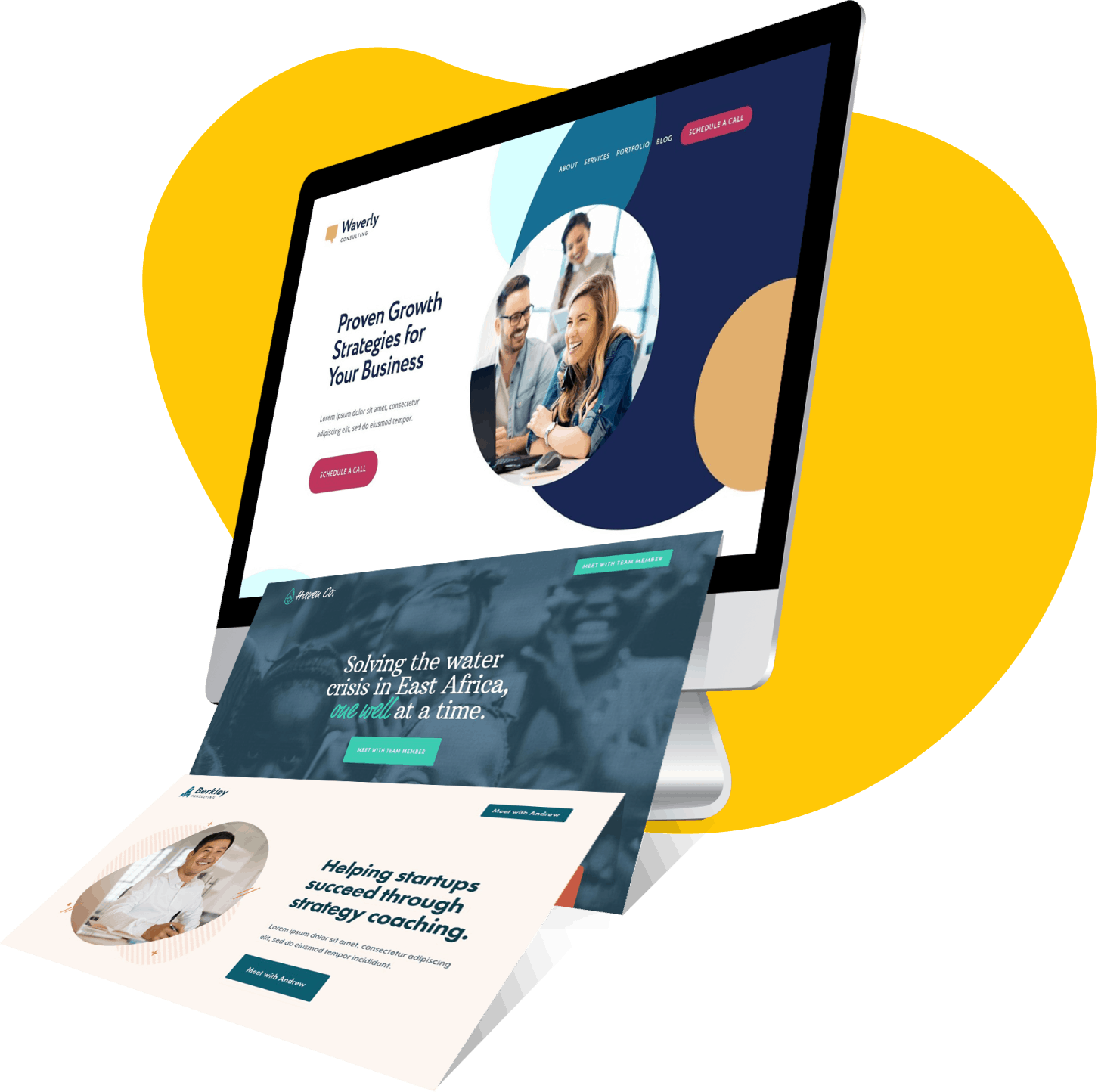
Why You Need a StoryBrand Website
Whether you are a freelance photographer, own a hardware store, or have another type of small business, an excellent website is essential for your company’s success.
Why?
Because your website is your digital storefront, and will usually be the first impression a potential customer will receive about your company—kind of like a first date!
Oftentimes, it’s one of the first touchpoints that a potential customer has with your brand.
The customer needs to know that you have something they want, and that you can be trusted to deliver it.
Therefore, you want it to be as appealing and polished as possible. And a StoryBrand website can help you achieve this!
Your product or service is here to solve problems for your customers. And when others hear about your business, they want to know what problem you can solve for them and how?
Following the StoryBrand framework means clearly defining a problem worth solving that is critical in keeping your audience’s attention and getting them to trust you.
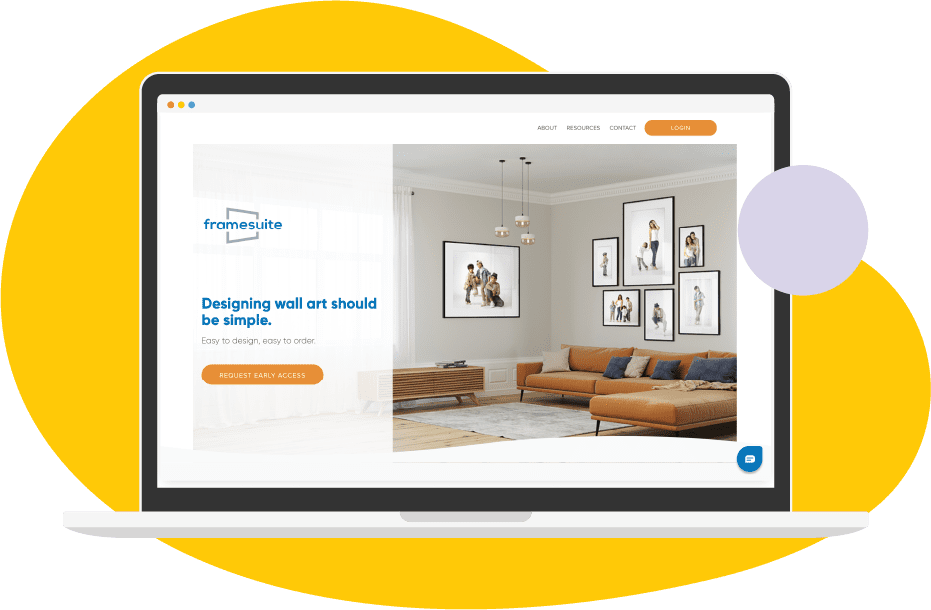
Beginning “Above the Fold”
‘Above the fold’ refers to the section of your site that first greets users when they land on a page.
The content above the fold is the header, text, imagery, or video visible before users have to scroll. Ideally, it should convey what an organization does and its associated benefits.
Your above-the-fold website content directly impacts your engagement metrics, because it can inspire users to explore the rest of the website and its offerings.
If it’s not properly optimized, you’ll likely see a boost in bounce rate and a decrease in conversions.
Let’s talk about some ways you can ensure your above-the-fold content engages web users.
- Keep your design simple. To keep your page looking professional, organized, and user-friendly, try adding one featured image or multimedia, such as a GIF or video, to the content above the fold. Then, add a short headline that introduces your webpage, and a sentence below it that describes your page in more detail.
- Make the content engaging. You don’t have to make huge changes to delight the visitor. For example, if there’s a CTA button on your page, you could try “Ready to get started?” instead of “Learn more.”
- Design your content for usability. Above all else, your content should be easy to interact with. For instance, if you’re working on the above-the-fold content for a product page, make sure your above-the-fold content is functioning as it should.
When you design your webpage, keep these practices in mind. They’ll keep visitors’ attention and encourage them to explore the rest of your website.
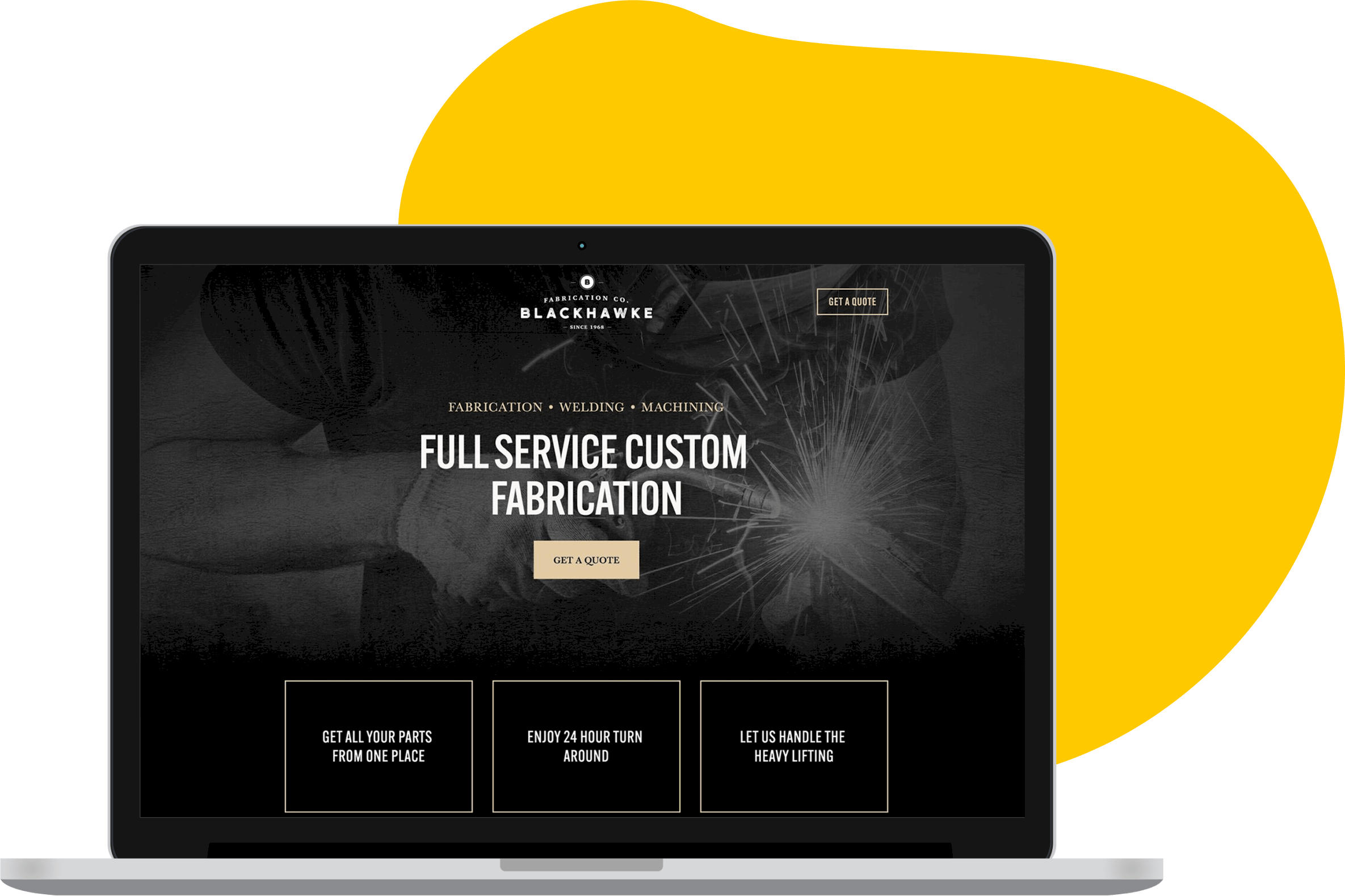
The Goals of the Homepage
A homepage’s goal is to engage visitors with the brand and offer solutions to their problems. If done effectively, a homepage visitor can turn into a customer—potentially a repeat customer.
This means you should make sure your main homepage banner (also known as a “hero image”) and subsequent banners are visual representations of your services, and also that you have an introductory text blurb near the top of the page that describes who you are and what you do.
What else makes a great homepage?
- Keep text brief, use toggles or “show more” buttons to keep extra text available but not distracting.
- Use frequent CTAs throughout the site.
- Include testimonials, awards, or well-known customers to establish authority.
- Add images that actually represent who you are and what you’re doing.
It is important to let people know who you are and what you do right away so they don’t feel confused when they visit your small business website.
And you can do this with a high converting homepage!
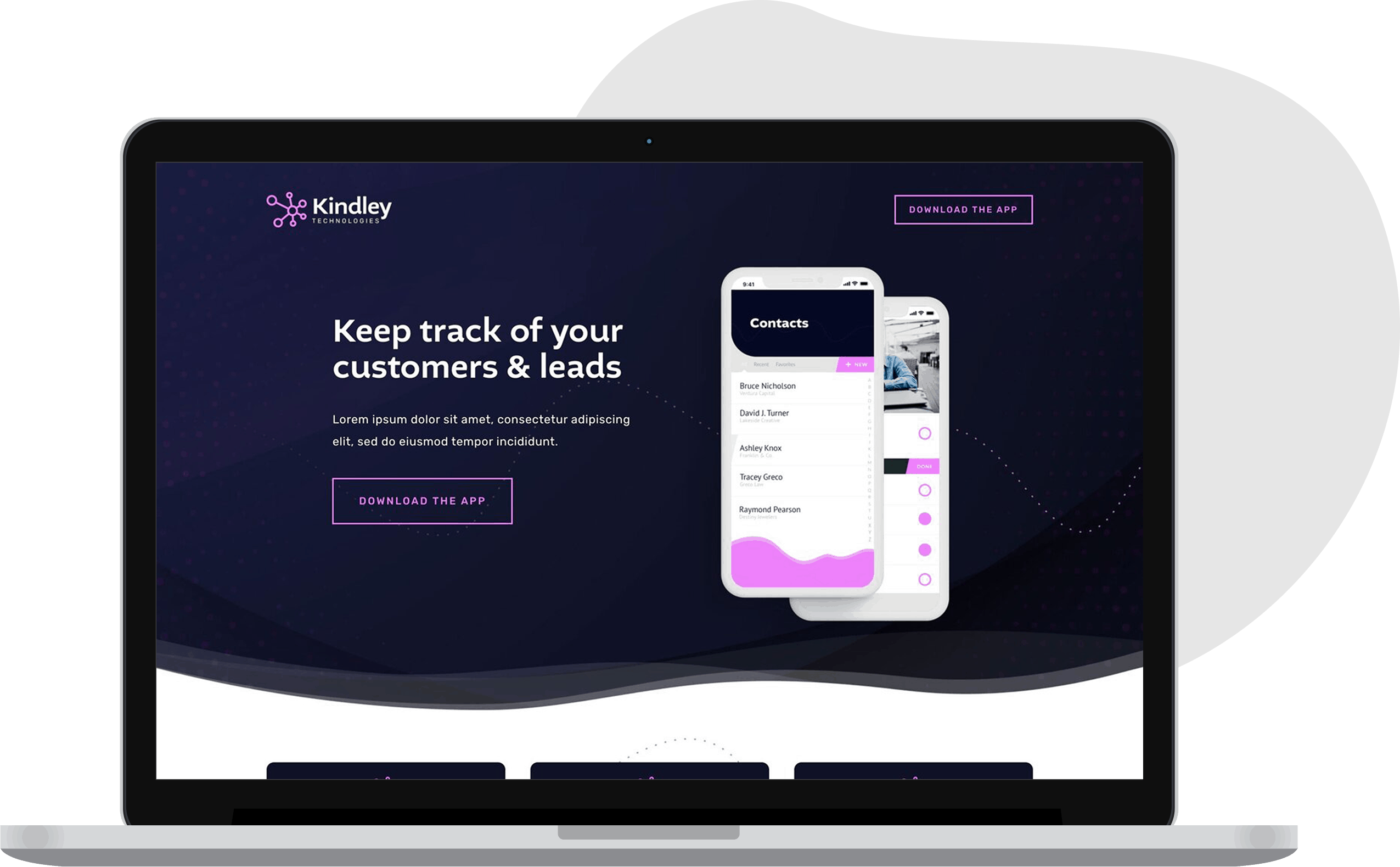
Clear, Simple & Effective StoryBranding
Everyone’s always talking about superb website design—but do you know what that is?
How can you tell if your website design works, for example? How do you know what to look for? Without a clear metric for measuring quality, it’s hard to recognize it.
So with that in mind, here’s a look at key aspects of strong website design, along with questions to ask yourself for measuring yours:
- What category is my business, and is that obvious on my website?
- What is the purpose of this website, and is the design accomplishing it?
- Will the style suit my target audience? (i.e., cartoons on a toy company website, elegant layout on a legal website)
- What feel does the website give—Orderly or messy? Sparse or crowded? Playful or formal?—and how does that align with my goals?
- Is all the text big enough?
- Will this content be relevant to the reader?
Based upon the above characterizations, you can determine how well your website design works, would be improved, and what steps will you take to make your design more effective.
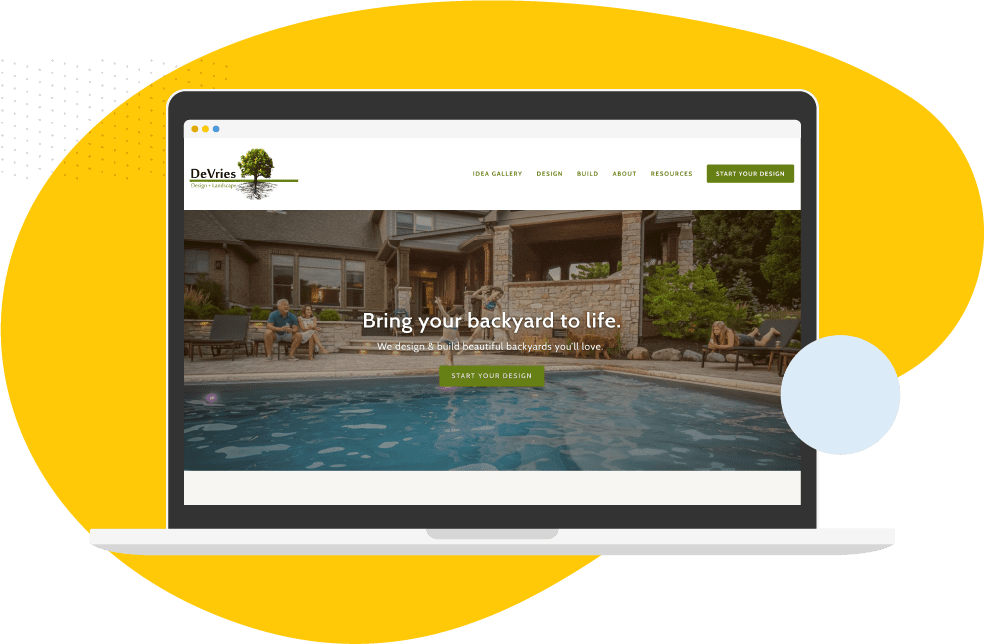
Creating Your Own StoryBrand is Challenging—But Worth It
It’s important to have a website that is customer-centric, beautifully designed and written, and that acts as a sales tool for your business.
After all, no one knows your story better than you.
Don’t let your website sit in cyber-space and waste your time and money any longer.
Use these principles to StoryBrand your website and you’ll see why StoryBrand works.
Guide MKTG is a certified StoryBrand marketing company that can walk you through the entire process if you decide you’d like to reach out for some assistance.




